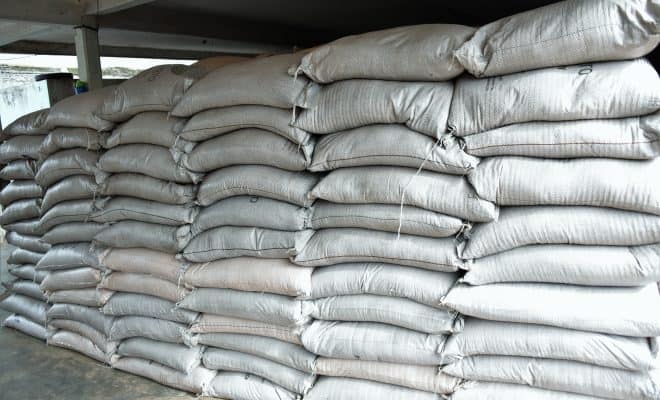The Office of the Superintendent of Financial Institutions (OSFI) recently held consultations on residential mortgage underwriting practices and procedures (Guideline B-20). In an effort to mitigate the risks arising from high consumer indebtedness, OSFI was seeking comments on various mortgage debt repayment measures, including the mortgage rate stress test.
To verify the borrower’s ability to repay, this test requires lenders to qualify the borrower at the higher of the following two rates: the majority contractual mortgage rate of two percentage points or the eligible rate decreed by OSFI, which is currently 5.25%.
The APCHQ recommends performing two separate stress tests for variable rate mortgages and fixed rate mortgages.
Variable Rate Mortgage and Trigger Threshold
With a new variable rate mortgage, by definition, borrowers are directly exposed to interest rate volatility. We suggest that the rate used for the stress test correspond, at a minimum, to the “trigger rate” of the loan, i.e. the rate which ensures that the borrower’s payments only cover interest on the loan and no longer repay capital. However, it is precisely when the trigger rate is reached that the borrower must increase his monthly mortgage payments. Each variable-rate loan, depending on its characteristics, therefore has its own trigger rate that the financial institution must already indicate in the mortgage contract.
Fixed rate mortgage: do not amplify real estate market cycles
Conversely, borrowers who chose fixed rate mortgages did so to protect themselves from short-term fluctuations in interest rates. The longer the term they have chosen, the less they are exposed to these fluctuations. The stress test could be abolished altogether for borrowers who choose 10-year fixed rate loans.
For borrowers choosing fixed rate loans with terms of five years or less, we suggest that to avoid amplifying real estate market cycles, the mortgage rate mark-up factor be tied to the mortgage rate structure. interest over time (short term vs. long term). This gives a good idea of the future evolution of interest rates. When the spread between long rates and short rates is large, it is more likely that interest rates will eventually rise. In such a case, the increase in the mortgage rate for stress testing purposes would be greater. Conversely, the increase would become zero when short-term rates exceed long-term rates, since it then becomes more likely that interest rates will eventually fall.
The precise adjustment formula would of course remain to be developed by OSFI.
Imitate the Bank of Canada
The minimum qualifying rate should be reviewed more frequently to take account of the macroeconomic context. Like the Bank of Canada, OSFI could set the minimum qualifying rate for fixed rate mortgages on pre-determined dates to provide more predictability. It could even synchronize with announcements of the Bank of Canada’s key rate.
Take into account the credit score of borrowers
Finally, it was possible to comment on the ceilings relating to the gross debt service (GDS) and total debt service (TDS) ratios. Currently, these caps are 39% and 44% respectively. The APCHQ recommends that these ceilings be modulated according to the quality of the borrower’s credit file. Only borrowers with the highest credit scores could get loans insured at 39% SBD and 44% STD. These limits would then decrease to 35% and 42%, then to 32% and 40% for borrowers with lower credit scores.


